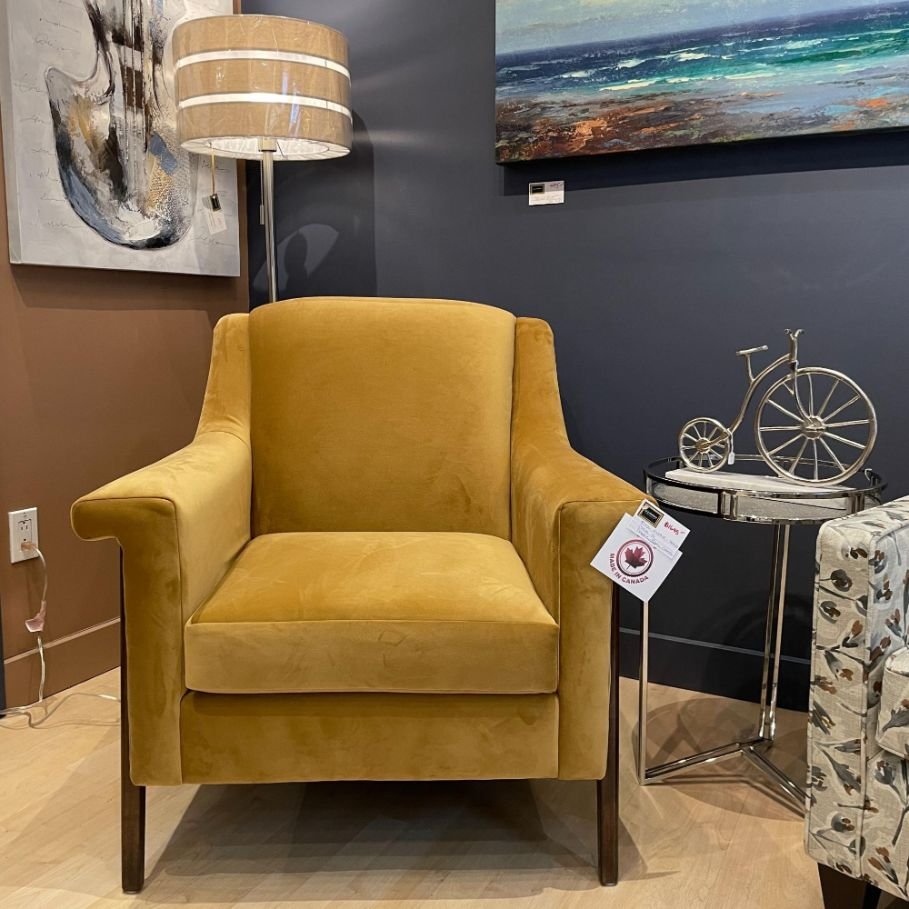Choosing the right colours for your home can have a significant impact on your mood and emotions. The psychology of colour in home decor is an important consideration when creating a space that promotes feelings of comfort, relaxation and happiness. In this post, we will explore the various ways in which colour affects our emotions and how you can use this knowledge to create the perfect atmosphere in your home.
Red
Red is a powerful and intense colour that can evoke feelings of passion, energy and excitement. It can also be associated with anger, aggression, and increased appetite, so it’s best to use it in moderation. In home decor, red can be used as an accent colour to add a pop of energy and vibrancy or to ground the home in warm, earthy shades.
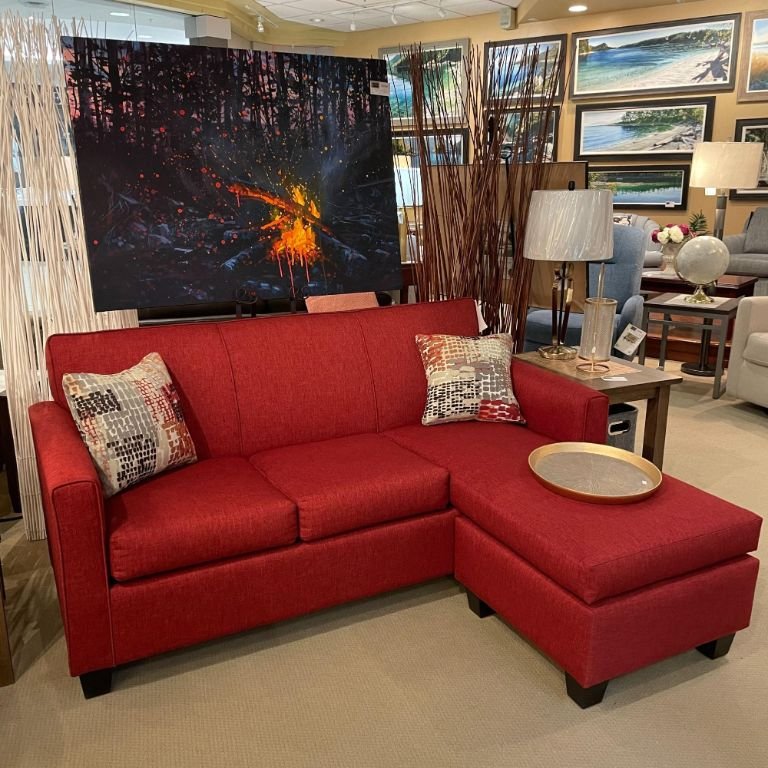
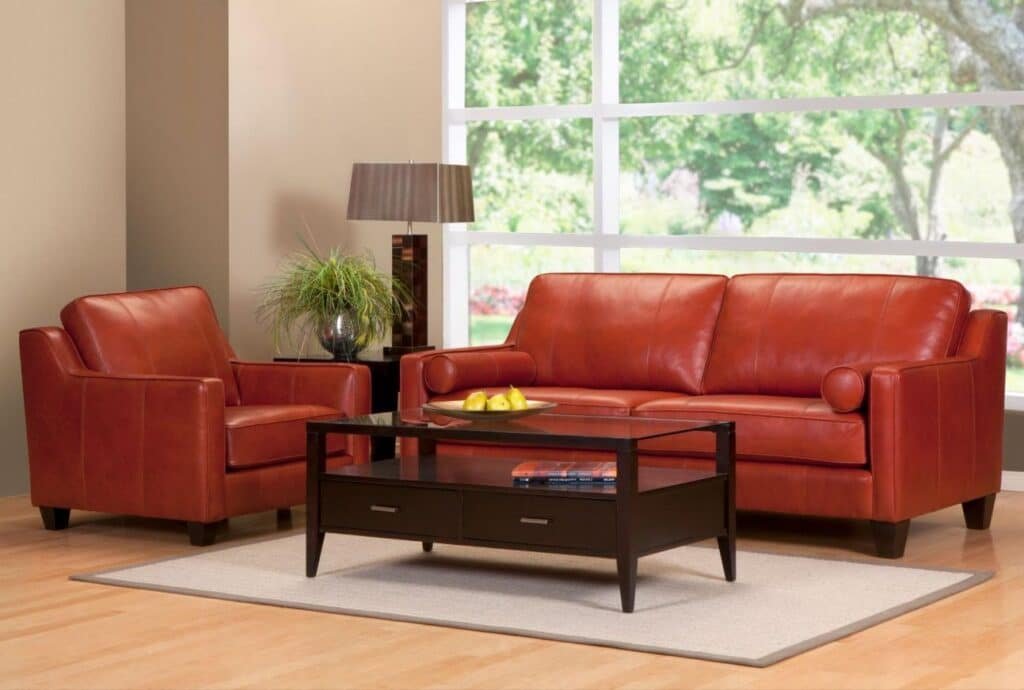
Orange
Orange is a warm, inviting colour that can create a sense of comfort and coziness. It is also associated with creativity and innovation, making it a great colour for a home office or creative space. Warm, rusty oranges are trending right now with the rise of retro style, both in fashion and home decor. These more muted tones can make such a vibrant colour easier to incorporate into your existing decor.
Yellow
Cheerful and uplifting, yellow can create a sense of happiness and optimism. It is also associated with mental clarity and focus, making it a great colour for a study or workspace. The colour is also used to promote hunger, bringing to mind the classic buttery yellow of farmhouse kitchens. We love this yellow statement chair, which is a great way to add a little bit of sunshine into your decor!
Green
What better colour to promote a sense of relaxation and tranquillity? Green is associated with nature and the outdoors, making it a perfect choice for a bedroom or living room. Modern trends are branching out with this colour, incorporating it into kitchen cabinets, luxurious velvet sofas, and lush indoor jungles.
Blue
Blues are cool and calming, which promotes serenity and peace. Its emotional associations are with productivity, concentration, and serenity, making it an easy go-to colour for any room in the house. Blue is incredibly versatile and can range from tropical turquoise to deep, moody shades that bring to mind a winter ocean.
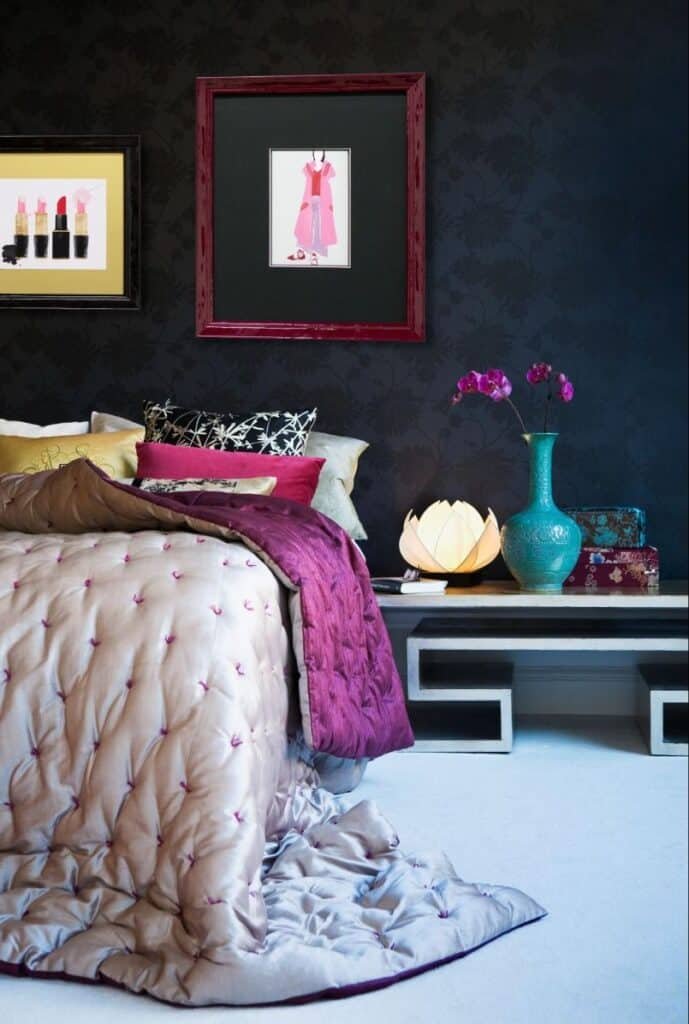
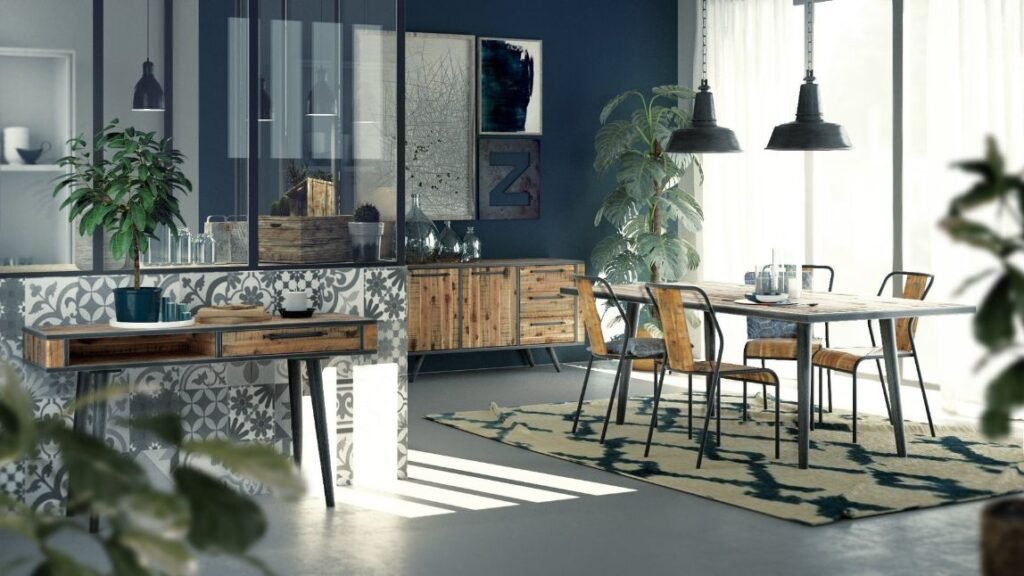
Purple
Associated with royalty, purple is a luxurious colour that can create a sense of elegance and sophistication when used correctly. It also draws on creativity and imagination, making it perfect for creative spaces and eclectic decor. Lilac throw pillows can add an air of femininity to your home, while a deep purple accent chair is the perfect modern eclectic touch.
Neutrals
Beige, grey, and white are versatile and timeless, creating an unparalleled sense of calm and balance in a room. These colours are staples and serve as a backdrop for other colours and decor elements.
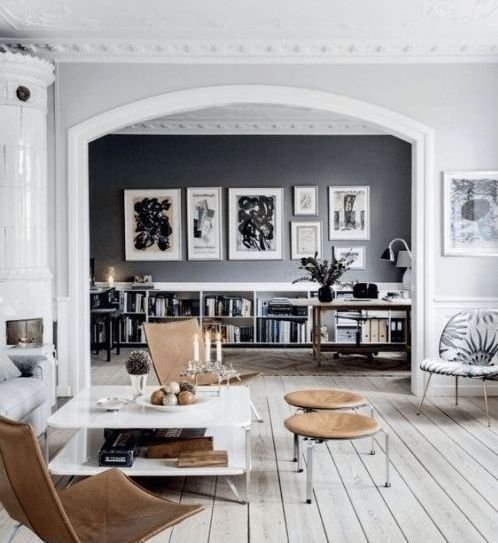

Black
Many people are afraid to use black in their home decor, though that is changing as social media encourages people to flex their personal style. Used subtly on window trim or balcony railings, black can add a sophisticated air to an otherwise bright colour palette. As a statement wall, it adds drama and mystery to your space.
When choosing colours for your home decor, it is important to consider how they will make you feel. Think about the mood and atmosphere you want to create in each room and choose colours that will enhance that feeling. This is the psychology of colour! Keep in mind that colour can be used to create contrast and visual interest in a space. Play around with different colour combinations to find the perfect balance for your home. Lastly, don’t be afraid of colour! It’s easy to fall back on comfortable neutrals, but adding a little shot of personality is what makes our homes special!
